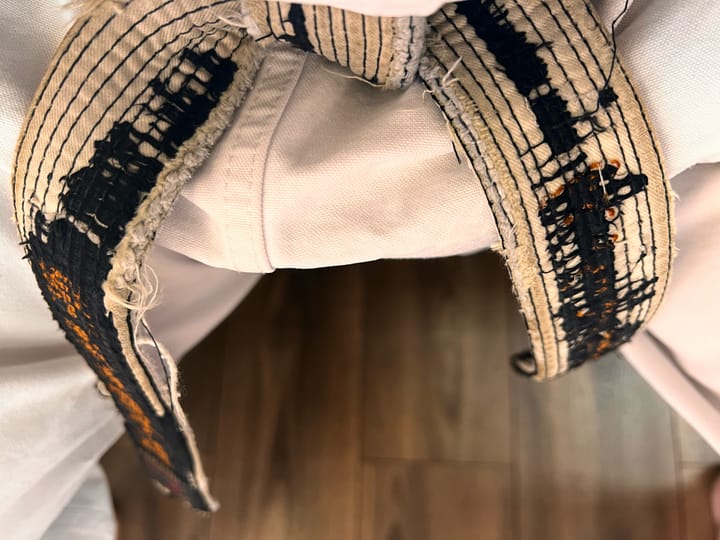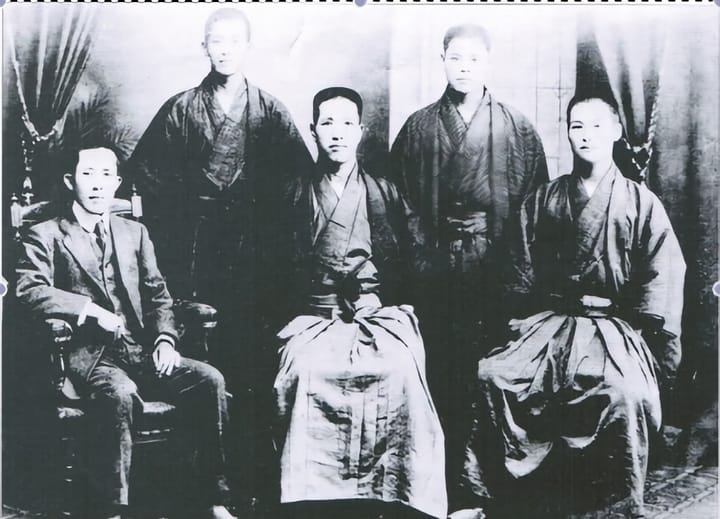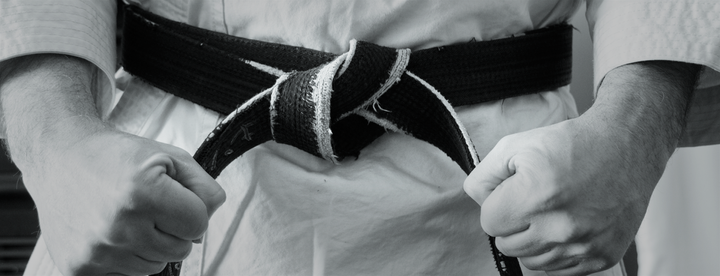Golden Week is a key event in the Dojo year, and represents both a kind of Spring Break as well as the unofficial start to Blackbelt Selection.
Golden Week is the early-May holiday that all traditional karatedō dojo celebrate: effectively it is the Dojo "spring break" – but it's actually much more than that.
Read about more events in the dojo year below:
The Dojo Year
◼️ Kagami Biraki: The Start of the Dojo Year
► Golden Week: The Spring Awakening
◼️ Gasshuko: Summer Training and Break
◼️ Otsukimi: The Autumn Moon Festival
◼️ The Holiday Party / End of Year
Golden Week in Japan
Golden Week stands as one of Japan's most anticipated holiday periods, a cluster of national celebrations that transforms the country each spring. This unique holiday period, typically spanning from late April through early May, offers a refreshing break from work and training and celebrates the arrival of Spring.
Beyond simply providing time off, Golden Week embodies significant cultural aspects of modern Japan, balancing ancient traditions with contemporary leisure practices.
Golden Week: A Group of Holidays.
The collection of holidays that make up Golden Week begins with Shōwa Day on April 29th, commemorating the birthday of Emperor Hirohito (posthumously known as Emperor Shōwa). This is followed by Constitution Memorial Day on May 3rd, celebrating the enactment of Japan's post-war constitution. Greenery Day on May 4th honors the environment and nature, while Children's Day on May 5th rounds out the official holidays.
These holidays are generally combined with weekends, creating an extended Spring Break.
Golden Week at the Dojo
Obviously, karatedō grew to maturity in Japan, so Golden Week effectively became a training holiday from its inception. Prior to Golden Week (see below for more history of the evolution of the holiday itself), all martial arts dojo in Japan still had a spring break of sorts, and typically that spring break occurred in late April or early May.
However, Golden Week is much more than a spring break for a dojo.
Traditionally, during Golden Week, the Sensei of the dojo would, after spending the Winter and early Spring observing senior students, would decide on which students would be invited to blackbelt selection. Advanced Brown Belts (1st Kyu students) would be considered for participation in Selection to potentially advance to one of the Shodan ranks (first dan blackbelt) and existing blackbelts would be considered for Selection to potentially advance to a more senior dan rank.
(For more on ranks in martial arts, see this article.)
Once Golden Week is finished and the dojo re-convenes for training, Sensei traditionally invites students to Blackbelt Selection in the weeks following. By June, students in Selection will have begun their testing period, having accepted their invitations.
The History of the Term "Golden Week"
Ironically, while the spring break period is a traditional period for karatedō dojo, and has been for many years prior to the coining of the term, the name "Golden Week" is relatively modern.
The nomenclature "Golden Week" originated not from government decree but from the film industry. In the 1950s, movie theaters noticed a significant spike in attendance during this holiday period, with the film Jiyū Gakkō ("School of Freedom") achieving record-breaking success during this time.
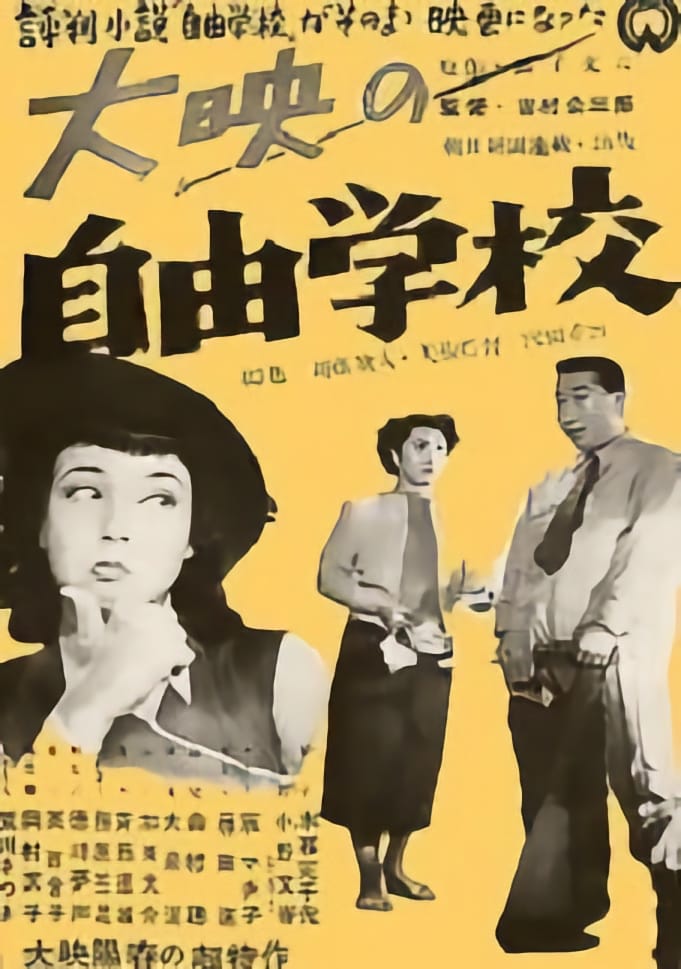
The film industry dubbed this lucrative period "Golden Week," and the term was subsequently adopted throughout Japanese society, perfectly capturing both the economic significance and the delightful nature of this limited holiday time.
For domestic tourism, Golden Week represents the busiest travel season of the year. Transportation systems across the country operate at full capacity, with expressways experiencing notorious traffic jams stretching dozens of kilometers. Japan's efficient bullet train networks run packed with travelers, and airports handle record numbers of passengers. Popular tourist destinations like Kyoto, Okinawa, and Tokyo Disneyland prepare months in advance for the influx of domestic tourists. Hotels often reach full occupancy with rates inflated to meet the extraordinary demand, while many Japanese travelers book accommodations up to a year in advance to secure their preferred destinations.
This mass exodus from major urban centers creates a unique atmosphere in cities like Tokyo. While some neighborhoods remain bustling with tourists, others transform into eerily quiet versions of their usually frenetic selves. The normally packed commuter trains run emptier schedules, and many small businesses close entirely for the week, their owners taking rare vacations themselves.
For those who remain at home, Golden Week offers an opportunity to engage with family and cultural traditions. Children's Day celebrations include the prominent display of koinobori (carp-shaped streamers) outside homes with sons, symbolizing strength and perseverance.
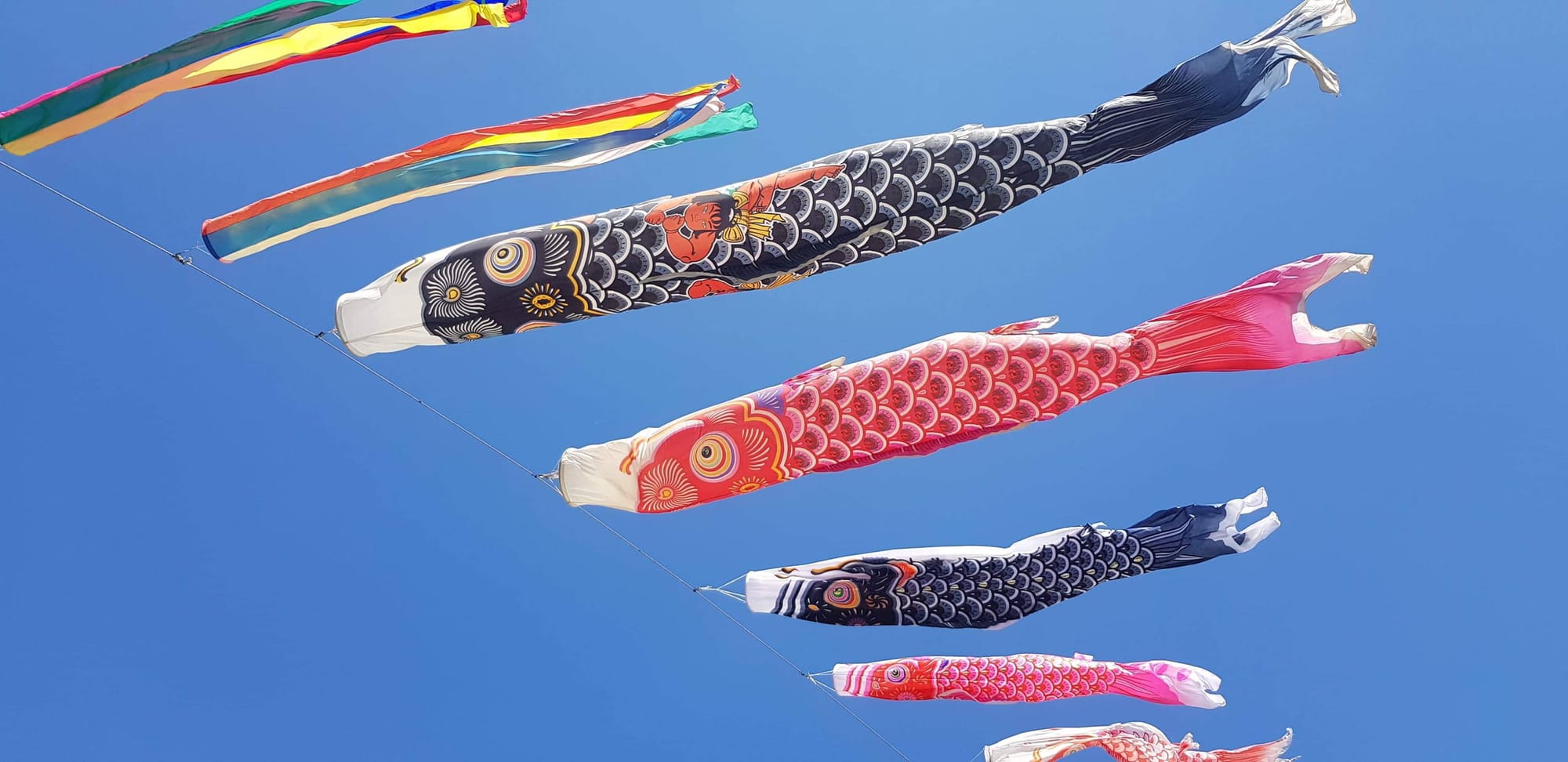
Families with daughters often displayed ornate dolls during Hinamatsuri (Girls' Day) in March, creating a complementary tradition.
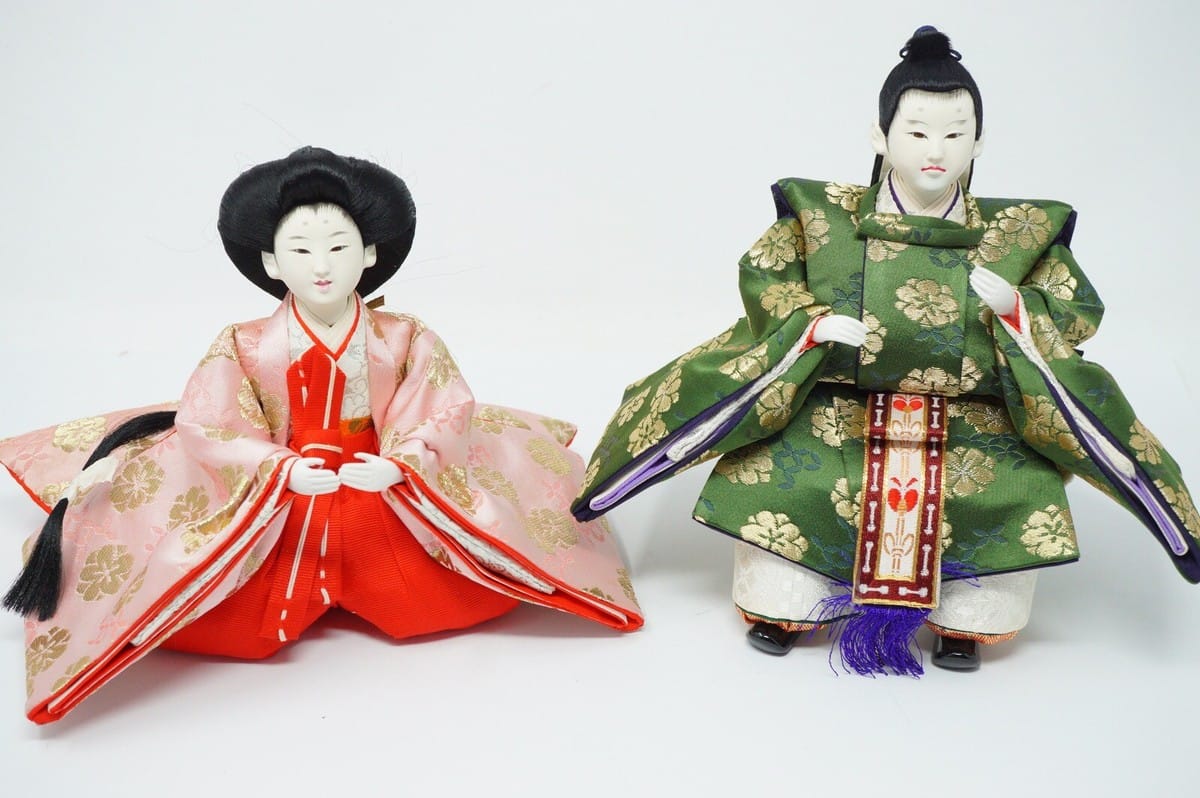
Many families also use the extended holiday to visit ancestral homes in rural regions, maintaining connections across generations.
And finally, climate also plays a role in Golden Week's cultural significance. The early May timing coincides with what Japanese tradition identifies as the main part of Spring and even the start of summer. The weather typically turns warmer and more stable, cherry blossoms have already fallen in the weeks before Golden Week, and fresh greenery emerges across the landscape. This natural transition mirrors the psychological transition the holiday period provides—a fresh start and the coming-to-life that the Spring season represents.



